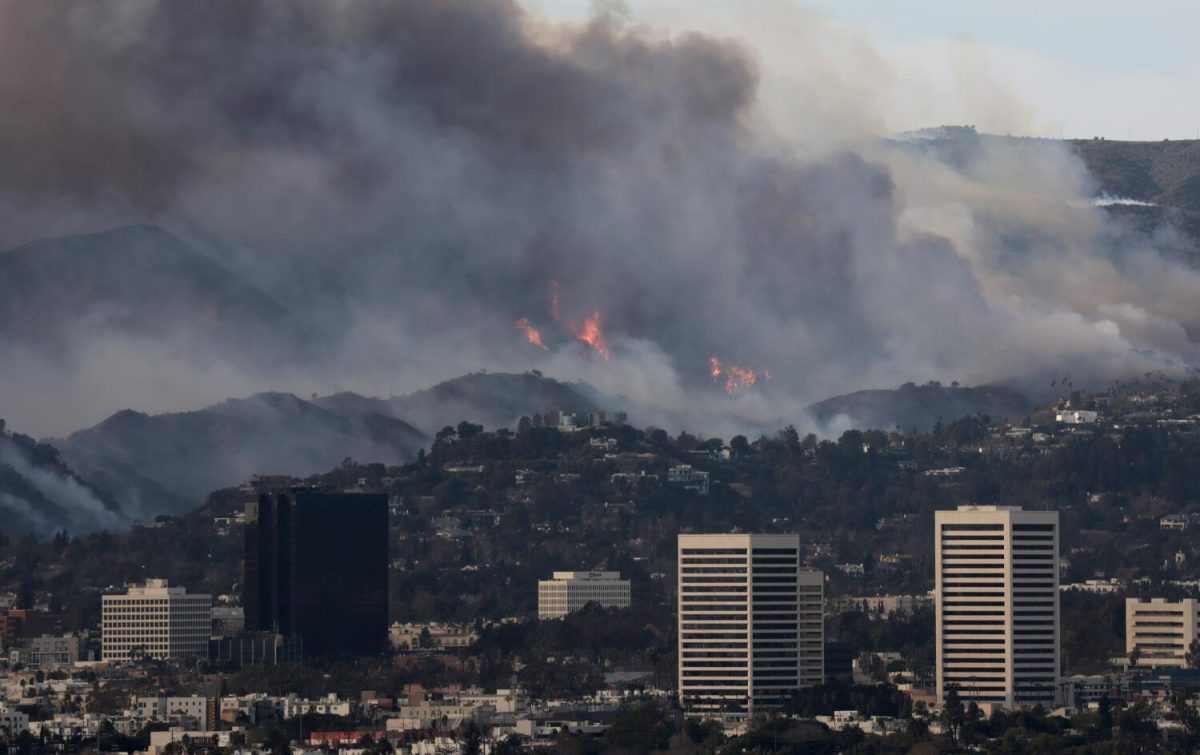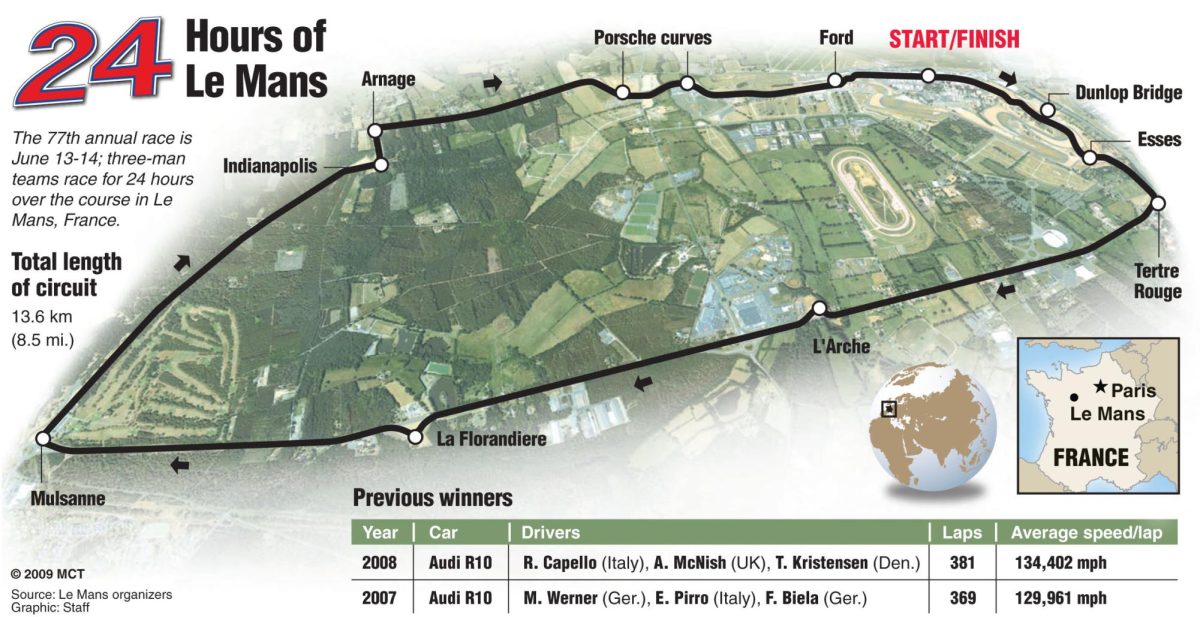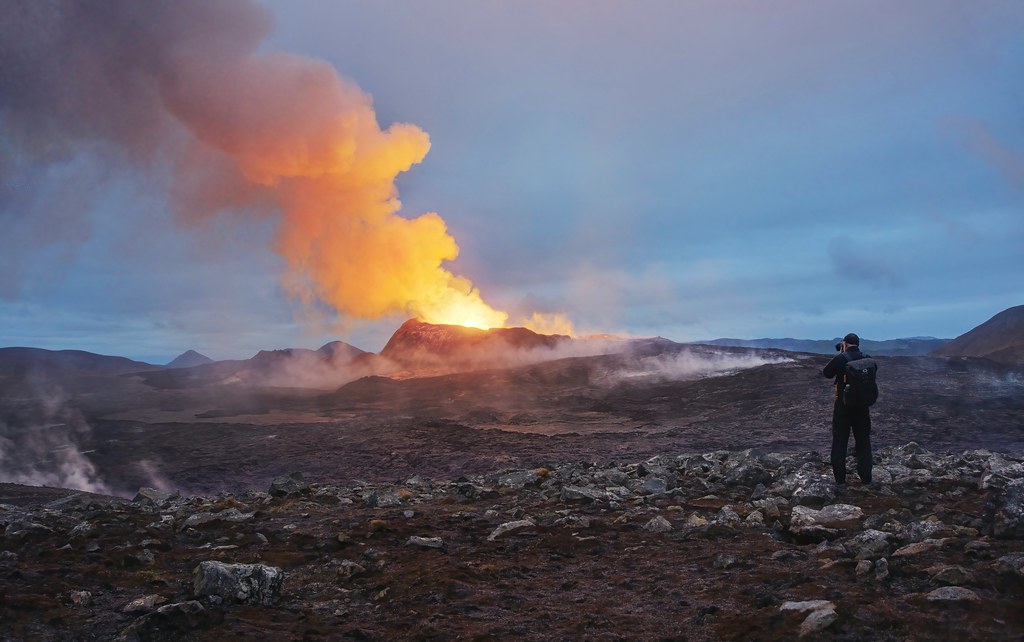After weeks of earthquakes and fear, a volcano north of Grindavik, (grin-da-vik), Iceland, began to erupt on Dec. 18, 2023, at 22:17. The volcano began to launch lava and smoke across Grindavik. Anticipating an eruption on the Reykjanes (rei-ca-nes) peninsula, authorities had previously evacuated the 4,000 residents of the small fishing town, making the current death toll zero, according to reuters.com.
The first earthquake that signaled volcanic activity occurred on Oct. 23, 2023. The earthquake was the first of many to strike northeast of Grindavik. In the days following the first earthquakes, a series of small rifts opened under the town, breaking streets and rupturing utility lines. Geologists from the Icelandic Meteorological Office (Met Office), a weather forecasting program, believed the events to be evidence that a basalt dike, pressurized magma that forces its way into a fracture, had made its way under Grindavik, according to theconversation.com.
At the start of this event, the Met Office sent out an automated message, warning any nearby citizens about what was occurring and where it was located.
The warning also stated that the cracks in the ground, caused by the eruption, began to stretch toward the village, which is located about 40 km (25 miles) southwest of Iceland’s capital city, Reykjavik (rayk-yah-veek). Throughout the evacuation, the nearby International Airport, Keflavik (kuh-fla-vuhk), remained open. Even though the airport remained open, passengers were met with delays.
Another warning that was sent out by the Met Office stated the seismic activity levels and measurements. It also stated that their GPS devices indicated that the magma was moving to the southwest and may continue into the direction of Grindavik. Between 100 to 200 cubic meters (3,530 to 7,060 cubic feet) of lava emerged per second, several times more than in previous eruptions, according to reuters.com.
However, this was only one of the recent eruptions in Iceland during the past few years. In March 2021, lava fountains began to erupt from a fissure in the ground, measuring between 500 to 750 meters (1,640 to 2,460 feet) long in the Fagradalsfjall (fayr-tals-fjatl) volcanic system. In August 2022, a three week long eruption happened in the same area, and once more in the following year of in July 2023, according to reuters.com.

































